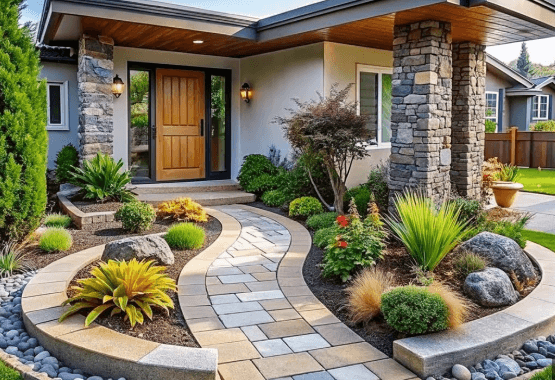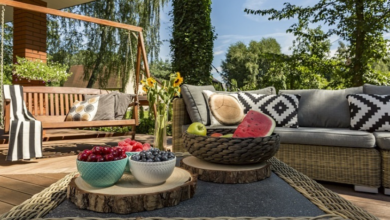How to Make the Most of Small Landscaping Spaces

In urban environments or compact residential areas, maximizing small landscaping spaces requires a strategic approach that considers both aesthetics and functionality. By evaluating the specific dimensions, light conditions, and soil characteristics of your area, one can make informed decisions about plant selection and layout. The incorporation of vertical elements can further enhance the usability of limited ground space, while thoughtful design can create distinct zones for various activities. However, the challenge lies in harmonizing these elements to create a cohesive and inviting environment that remains sustainable over time. The key to success may lie in unexpected choices.
Assessing Your Space
To kick off your landscaping project, it’s essential to carefully assess your space to identify its unique characteristics and limitations.
Begin with precise space measurements to understand the dimensions available for your design. Additionally, evaluate light exposure throughout the day, noting areas of full sun versus shade.
This foundational knowledge will empower you to craft a landscape that thrives and inspires, embracing the freedom of creativity.
See also: How to Maintain Your Pool for Clean, Safe Swimming All Year Long
Choosing the Right Plants
Having assessed your space and its unique characteristics, the next step in your landscaping journey is selecting the right plants that will not only flourish in your environment but also complement your design vision.
Prioritize native plant selection for resilience and low maintenance.
Additionally, explore seasonal color choices to ensure your landscape remains vibrant throughout the year, enhancing the freedom and beauty of your small space.
Incorporating Vertical Elements
In small landscaping spaces, vertical elements serve as a transformative tool that can elevate the overall design while maximizing limited ground area.
Explore various trellis options to support climbing plants, creating a lush vertical garden. Wall planters also add dimension, allowing for vibrant blooms without sacrificing floor space.
Embrace these techniques to infuse creativity and freedom into your compact outdoor oasis.
Designing Multi-Functional Areas
Creating multi-functional areas within small landscaping spaces can significantly enhance their usability and aesthetic appeal.
By employing space zoning techniques, you can define distinct areas for relaxation, dining, or gardening.
Thoughtful furniture selection, such as foldable tables and benches, maximizes functionality while maintaining a cohesive look.
These elements allow you to enjoy diverse activities, fostering a sense of freedom and connection with nature.
Conclusion
In conclusion, small landscaping spaces can transform into tranquil retreats through thoughtful planning and plant selection. By prioritizing purposeful planting, vertical vistas, and versatile venues, even modest areas can manifest magnificent appeal. The harmonious blend of color, texture, and lighting enhances aesthetic allure while ensuring functionality. Regular maintenance is essential for sustaining the splendor of these compact gardens. Ultimately, with intentional design and diligent care, delightful outdoor sanctuaries can flourish in even the smallest of spaces.



